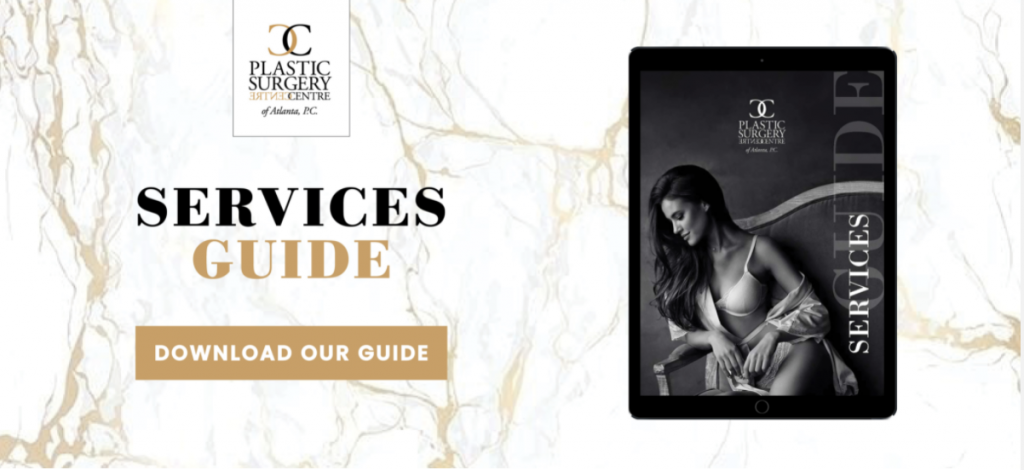Posted May 24, 2023 in Facelift, Facial Surgery

For the unfortunate few who are unhappy with the outcome of their facelift, a facelift revision procedure is a way to get a better result the second time. While facelift revisions are far less commonly performed than other cosmetic procedures, like a secondary rhinoplasty, for example, they happen for many reasons. Topping the list is patient dissatisfaction, followed by poor scarring and insufficient lift or tightening of the skin that lasts less than you may have hoped. Sagginess in the neck, noticeable facial asymmetries, unevenness, and even an unnatural or distorted appearance are other common causes of why patients want a facelift revision. Here is why you may want a facelift revision and how facelift revisions can help you.
In the event that a “do-over” is the only way to get you closer to the best possible surgical outcome, there are plenty of details to know about the procedure, which tends to be more challenging.
1. You’ll need to wait sometime before deciding on a facelift revision
If you don’t like the results of your facelift, that’s okay. But you must wait before returning to your surgeon’s office demanding another procedure. After a facelift, the tissues must settle fully, and you need to allow ample time for any swelling to go down to get a full assessment of the final result.
Opting to undergo a revision facelift too early and before all the swelling has subsided can compromise the results of the secondary procedure. Not to mention, operating on a recently done facelift is beyond difficult for your surgeon. That’s why it is recommended to wait at least 12 months from the date of the initial facelift before having a secondary procedure. On average, the skin, muscles, and other tissues addressed during a facelift take about one year to heal before they can handle another surgery fully.
There are several reasons patients want facelift revisions, including:
- A poorly performed facelift that doesn’t correctly address sagging skin on the lower face
- A lack of support to the muscles and underlying structures
- Skin that is pulled too tight and appears unnatural or weird
- Visible jowls and droopy cheeks
- Poor scars
While scars are always a trade-off of plastic surgery and part of the natural healing process, some patients experience more obvious-looking scars than others. For example, if your original facelift scars are keloids or are raised and thick, a revision procedure can help correct them so they are less noticeable.
It’s also essential to understand the differences between a facelift revision and a secondary facelift since the two variations of the surgery are different. A revision procedure works to undo the unwanted results from a facelift, usually around the one-year mark. In contrast, a secondary facelift is a second facelift done later in life to help mitigate the effects of aging on a facelift.
A consultation with Dr. Brothers is best to determine whether you are a facelift revision candidate and when the procedure can be performed.
2. The recovery may be a little less intense the second time around
While there is no guarantee that every patient will heal the same way as they did with their initial facelift, some facelift revision patients say that a facelift revision recovery is a bit easier and less intense. Of course, Dr. Brothers will customize a surgical plan for your revision facelift to achieve the desired results, primarily based on skin and tissue quality, the current condition of the face, and possible corrections. Keep in mind that some or all of these elements, which have likely changed over time since the initial procedure or were altered as a result, must be considered to provide a successful outcome.
Since no two faces are the same, no two revision facelifts are the same. Therefore, Dr. Brothers employs only the most advanced surgical techniques to create a more harmonious look during the procedure.
Some revision facelifts can use lighter forms of anesthesia for less bleeding and trauma and a quicker, safer recovery. However, the only way to determine if this is the case for you is through a consultation first. Remember, revision facelifts are still considered invasive procedures, so the same aftercare instructions apply.
3. Your facelift revision may require additional surgeries to get you close to your goal
Your revision facelift may require additional facial surgical procedures that your plastic surgeon may not have performed the first time around to achieve your facelift and aesthetic goals. Combination procedures often produce a holistic result, so go into your consultation with an open mind. It’s not uncommon for complimentary procedures like liposuction under the chin or fat grafting to help address what you don’t like about your initial results. Laser treatments may also be an option to help improve the current condition of the skin’s quality. And after you’ve healed, your results may be further amplified with nonsurgical treatments like fillers and injectables to help with volume loss and fine lines and wrinkles.
Often, the original scars can be used as incision points for a revision facelift, depending on how the initial surgery was performed. However, if Dr.Brothers feels that you will benefit from an additional incision point, which will result in other scarring, he will address this with you during your consultation.
Still, realistic expectations of what can and cannot be achieved during a facelift revision surgery are crucial. While facelift revisions can help get you closer to the results you desire, it may not be exactly perfect, and that’s something significant that patients have to be mindful of when deciding on a facelift revision. Check out our Facelift Guide for more info!




